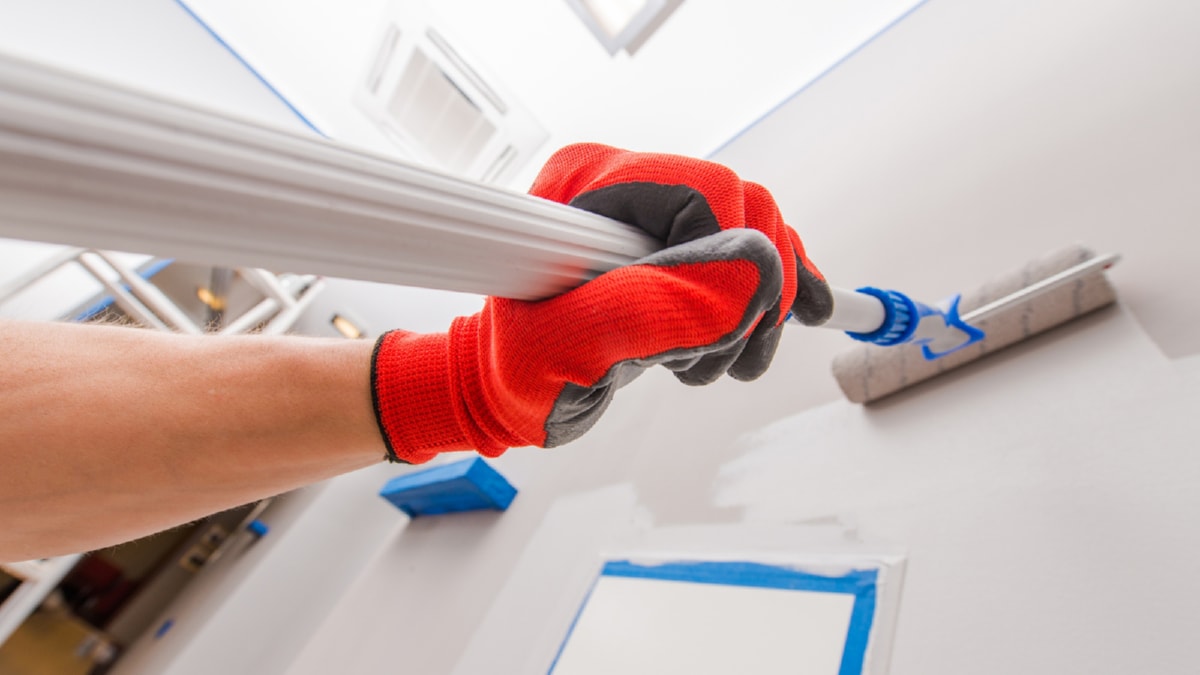The modern construction industry is increasingly embracing eco-friendly practices to combat the negative environmental impact associated with traditional building methods. These innovative strategies not only contribute towards a greener planet but also enhance the long-term sustainability of constructed structures.
One of the cornerstone eco-friendly practices in the construction industry is the use of green building materials. This involves selecting materials that are sustainable, recycled, or recyclable, and have a minimal impact on the environment both during their production and throughout their lifecycle. Green building materials such as bamboo, recycled steel, and low-VOC (Volatile Organic Compounds) paints significantly reduce the environmental footprint of construction projects. Additionally, they offer benefits such as improved indoor air quality and lower maintenance costs.
Another practice that has gained significant traction in the industry is energy-efficient design. This approach focuses on constructing buildings that minimize energy consumption and carbon emissions. Techniques like passive solar building design, where the building’s orientation, window placement, and materials are chosen to naturally regulate temperature, have become increasingly popular. Similarly, incorporating renewable energy sources like solar panels and wind turbines in the design is another effective way to reduce a building’s carbon footprint.
Waste management is another area where eco-friendly practices are making a difference in the construction industry. Implementing comprehensive waste management plans during construction projects helps to reduce, reuse, and recycle waste materials, minimizing the amount of waste that ends up in landfills. Construction debris can often be recycled into new building materials, creating a circular economy within the industry.
Moreover, the industry is also exploring water conservation strategies. Techniques like rainwater harvesting, greywater recycling, and efficient plumbing fixtures are being increasingly used in construction projects. These strategies not only conserve water but also reduce the demand for municipal water supplies, leading to significant cost savings.
Finally, green certifications like LEED (Leadership in Energy and Environmental Design) are playing a crucial role in promoting eco-friendly practices in the construction industry. These certifications provide a framework for healthy, highly efficient, and cost-saving green buildings, and are globally recognized symbols of sustainability achievement.
While the adoption of these practices involves an initial investment, it is important to note that they often lead to significant cost savings in the long run. Energy-efficient designs and renewable energy installations result in reduced utility bills, while green building materials often have lower maintenance costs. Additionally, green buildings often have a higher market value, making them a smart investment.
In conclusion, the modern construction industry is making significant strides in embracing eco-friendly practices. The use of green building materials, energy-efficient design, waste management, water conservation techniques, and green certifications are all shaping the industry towards a more sustainable future. Not only do these practices benefit the environment, but they also enhance the economic feasibility of projects and improve the quality of life for occupants. As these practices continue to evolve and improve, the construction industry will undoubtedly play a critical role in driving global sustainability efforts.
For more details, check best masonry services or visit their business listing here.



